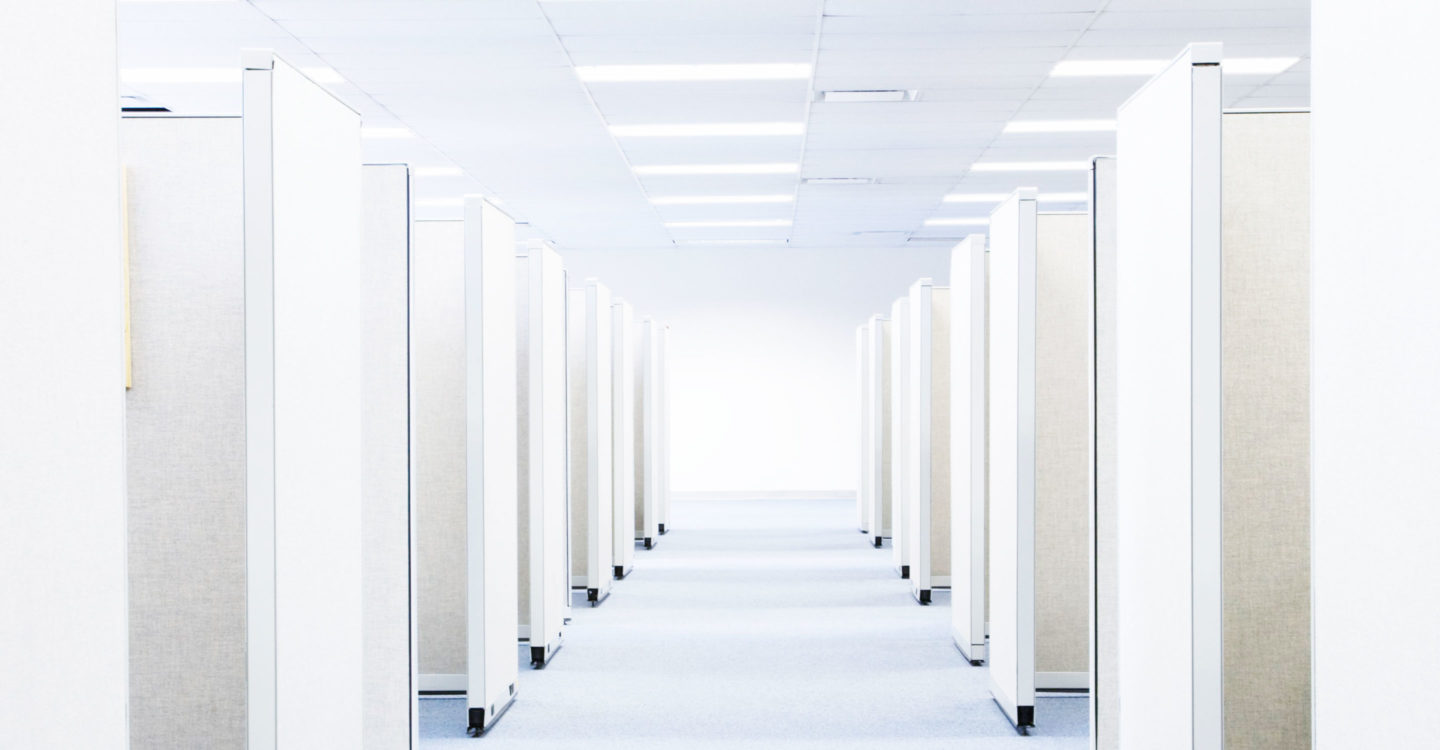
The Trouble With Over-Lit Buildings
Over-lighting results in wasted energy expenses, headaches, and stressed, unproductive workers. Here’s how you can avoid these problems.
If your commercial building is getting long in the tooth, chances are you’re a candidate for dialling down the wattage of your indoor lighting, saving money on utility bills plus improving the environment. The design of commercial spaces and lighting has changed. An increase of reflective indoor surfaces, combined with the backlight from computers and tablets means offices don’t require the wall-to-wall bank of lights to illuminate paper and pencils anymore, and the lighting intensity levels in commercial buildings are now higher than what’s recommended.
Beyond the cost and energy inefficiency, over-lighting a commercial building can adversely affect occupant health. Light levels influence your endocrine system, which helps regulate bodily functions. That awful white glare from fluorescent lamps is more than annoying, it’s a cause of headaches, fatigue, stress, and anxiety.
Over-illumination can also stress your building’s HVAC system as it runs more than it should in order to compensate for the extra heat given off by older artificial lighting.
Over-lighting in older commercial buildings is a result of the energy crisis in the 70s. Back then the recommendation was 1,000 lux [a measure of illumination on a surface] for an office desk. New lighting research shows that upwards of 500 lux means we reach a plateau for the visual tasks of a modern office, because the human eye can’t significantly distinguish any difference between 500 and 1,000 lux. Above 1,000 lux, nobody would tell a difference even if it was 3,000.
Given this subjective perception of light level, a minimum recommended lux has been established. Measuring your building’s current lighting levels and comparing them to the national recommendations provided by the Illuminating Engineering Society (IES), will dictate how to best get light levels down. Here are a few ideas to reduce over-lighting in your commercial buildings:
- Eliminate unnecessary lights. By identifying areas like corridors and hallways where bright light isn’t necessary for visual tasks, you can save energy while still providing enough light.
- Artificial overhead lights may also be dimmed or turned off to avoid unnecessary energy consumption. Installing motion sensors can also help control over-lighting by making sure lights aren’t on in unoccupied areas such as washrooms and storage closets.
- Upgrade existing windows with the addition of tinted window film. Window film reduces the need for view-blocking (and dust-attracting) blinds and shades. It also eliminates exposure to UV radiation, glare and hot spots caused by direct sunlight. Allowing natural light inside, but in a controlled fashion has a direct impact on improving occupant comfort and productivity.
The ideal space is one with a balance of functional task-related lighting, and access to natural light sources. If your building suffers from over lighting, these tips will help you reduce energy, bills, and headaches. If tip #3 sounds appealing to you, just give us a call or send us a message – we’re always keen to chat.





